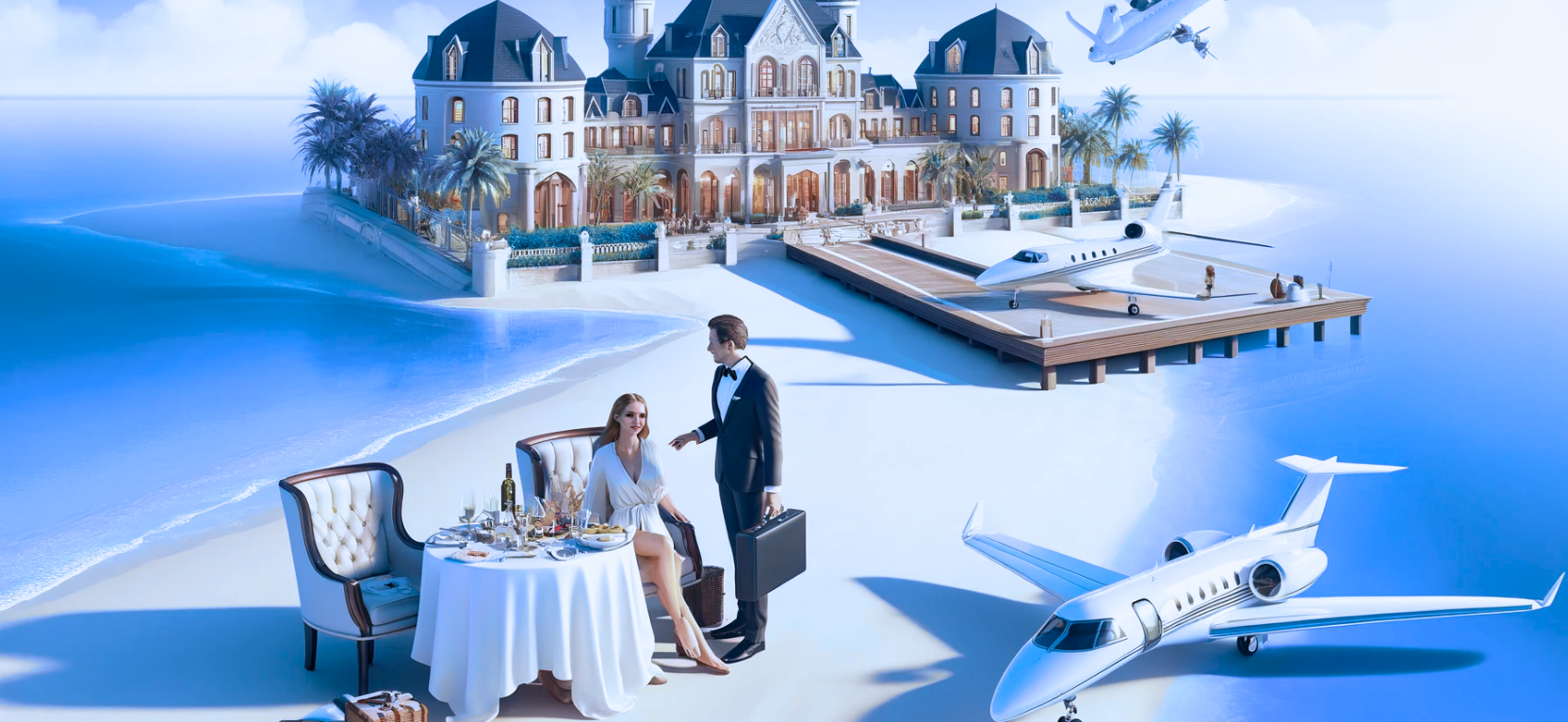In recent years, the concept of luxury in Latin America has evolved significantly. What was once understood as the possession of exclusive material goods has transformed into a broader, experiential notion. This shift is driven by various social and economic factors that have shaped Latin American consumer behavior in the pursuit of status, quality, and authenticity.
People Media, a digital media hub, conducted an analysis of the luxury market in Latin America and its impact on various markets where the company operates.
Key Factors in Luxury Product Purchases
One of the main drivers of this change has been the power of social media. Platforms such as Instagram and TikTok have played a crucial role in disseminating trends and constructing brand images that resonate with consumers’ aspirational values. Additionally, the rise of the middle class in the region has expanded the luxury consumer base, somewhat democratizing access to these products and services.
The desire for status and recognition remains a crucial element, with luxury products continuing to serve as symbols of social success. Globalization has facilitated access to international brands, increasing interest in high-end products in local markets. Moreover, urbanization, especially in major cities, has propelled the consumption of luxury goods and services, adapting to more cosmopolitan lifestyles.
As a result, Latin American consumers have developed a deeper appreciation for quality, exclusivity, and authenticity, seeking products and services that reflect their lifestyles and allow them to stand out in their social circles.
Luxury Across Generations
According to People Media, when examining luxury product consumption by generation, Millennials stand out, accounting for 50% of purchases in this segment. This generation seeks products that align with their lifestyles, which are often influenced by global trends and increased social awareness.
Generation X follows closely with 30% of consumption, while Generation Z and Baby Boomers account for 15% and 5%, respectively.
Central America: A Growing Luxury Market
Historically, Central America has had a smaller presence in the luxury market compared to its South American neighbors, but countries like Panama, Costa Rica, and Guatemala are beginning to shine.
According to a report by Euromonitor International, Panama has experienced significant growth in luxury goods consumption, driven by its position as a commercial and financial hub, as well as its expanding upper-middle class.
Costa Rica, for its part, has seen an increase in demand for luxury products, particularly in the high-end real estate and tourism sectors, attracting both locals and expatriates.
Guatemala, meanwhile, is also emerging as a key market in the region. Despite economic challenges, the country has seen a rise in demand for luxury products, especially among its business elite and an expanding middle class. The Guatemalan market has shown particular interest in high-end fashion, luxury cars, and cutting-edge technology, fueled by a consumer segment that seeks quality, exclusivity, and products that reflect their status and professional success.
Influential Trends: Experiences Outweigh Material Goods
Today, Latin American consumers value experiences over material possessions. This trend, often referred to as experiential luxury, is reflected in preferences for high-end travel, gourmet dining, exclusive spas, and experimental art classes. Additionally, there is a growing interest in luxury brands that demonstrate a commitment to sustainability and social responsibility. In this conscious luxury trend, over 54% of consumers are willing to pay more for sustainable brands, and 6 out of 10 would change their purchasing behavior to reduce their environmental impact.
Personalization and exclusivity are also crucial aspects, with consumers willing to pay 20% more for services that make them feel unique. In response, brands have begun offering customized options, limited editions, and bespoke services.
Impact on Diverse Consumer Profiles
By understanding their consumers by generation and age range, brands can effectively reach their luxury target audience in sectors such as tourism, high-end jewelry, luxury watches, and exclusive fragrances. The precision with which these audiences can be segmented allows brands to engage them with messages and offers that truly capture their interest.
The lifestyle segment, on the other hand, includes consumers who invest in luxury gym memberships, frequent fine dining restaurants, and have a particular interest in high-end technology and sustainability. For these consumers, luxury is not just about products but encompasses comprehensive experiences that enhance their quality of life and reflect their personal values.
By targeting high-profile consumers, People Media also provides access to business executives, luxury brand buyers, and decision-makers who influence the market. This access is vital for brands looking to strengthen their positioning and build long-term relationships in such a competitive luxury market.
Souce: Vida y Éxito



